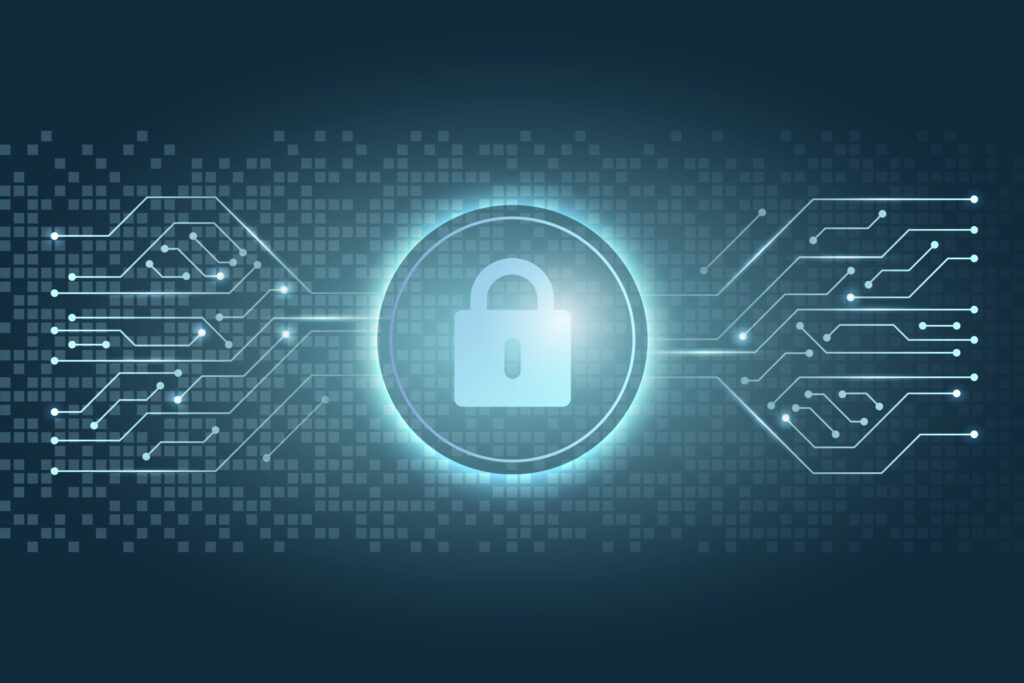Ever felt like your business is one click away from a cybersecurity disaster? You’re not alone. According to IBM’s 2023 Cost of a Data Breach Report, the average cost of a data breach now exceeds $4.45 million—and that’s just the financial hit. Now imagine the reputational damage and lost trust from customers. Yeah, it’s a nightmare you don’t want to wake up to.
In this post, we’ll dive deep into cybersecurity risk reports, why they matter, and how you can use them to stay ahead of threats. You’ll learn about common challenges, actionable steps for mitigating risks, tips for effective data management, real-world examples, and answers to FAQs. By the end, you’ll feel equipped to tackle even the gnarliest cyber threats (or at least know where to start).
Table of Contents
- Introduction
- Understanding the Problem: Why Cybersecurity Risk Reports Are Crucial
- Step-by-Step Guide to Interpreting Cybersecurity Risk Reports
- Best Practices for Managing Cybersecurity Risks
- Real-World Examples of Effective Risk Mitigation
- Frequently Asked Questions About Cybersecurity Risk Reports
- Conclusion
Key Takeaways
- Cybersecurity risk reports provide critical insights into potential vulnerabilities and help prioritize mitigation efforts.
- Regular audits, employee training, and robust encryption protocols are essential components of an effective cybersecurity strategy.
- Real-world examples highlight the importance of proactive measures in preventing costly breaches.
Understanding the Problem: Why Cybersecurity Risk Reports Are Crucial
Let me paint a picture for you. Imagine being the IT manager who accidentally ignored a seemingly minor alert flagged by a cybersecurity risk report. Fast forward six months, and boom—you’re staring down a ransomware attack that’s grinding operations to a halt. Trust me; it happens more often than you’d think.
The truth is, businesses face relentless cybersecurity challenges. Between phishing scams, zero-day exploits, and insider threats, there’s no shortage of ways bad actors can infiltrate your systems. But here’s the kicker: many organizations fail to act on their cybersecurity risk reports because they either don’t understand them or underestimate the severity of the findings.

These reports aren’t just boring documents full of jargon—they’re lifelines. They pinpoint weak spots, track trends, and suggest actionable fixes. Think of them as your personal GPS guiding you through the chaos of digital security.
Step-by-Step Guide to Interpreting Cybersecurity Risk Reports
“Optimist You:” “I got this! Let’s dig into these reports.”
“Grumpy You:” “Ugh, does it have to look like Excel vomited all over my screen?”
Interpreting cybersecurity risk reports doesn’t have to be overwhelming. Here’s how to break it down:
Step 1: Start with the Executive Summary
This section gives you the big picture—what’s urgent, what’s high-risk, and what’s low-hanging fruit. Don’t skip it unless you enjoy endless frustration later.
Step 2: Identify Critical Vulnerabilities
Look for sections labeled “High Priority” or similar terms. These are the areas hackers will exploit first if given the chance.
Step 3: Cross-Reference Findings Against Your Current Security Measures
Does your firewall cover the identified gaps? Is two-factor authentication turned on across the board? If not, that’s your next move.
Step 4: Prioritize Based on Impact vs. Effort
Not every fix requires Herculean effort. Sometimes, updating software versions or changing default passwords makes a world of difference.
Step 5: Document Everything
Create a roadmap outlining what needs attention and when. Accountability matters—especially when budgets get tight.
Best Practices for Managing Cybersecurity Risks
1. Train Your Employees (No, Seriously)
I once saw an entire company fall victim to a phishing scam because someone clicked a link in a sketchy email. Lesson learned? Humans are the weakest link. Schedule regular training sessions to keep everyone sharp.
2. Implement Multi-Layered Protections
Use firewalls, endpoint detection tools, and encrypted backups. Redundancy isn’t just for astronauts—it works wonders in cybersecurity too.
3. Keep Software Updated
Hackers love outdated systems like raccoons love garbage cans. Patch everything regularly to avoid becoming their next meal.
4. Conduct Regular Audits
An ounce of prevention is worth a pound of cure—or in this case, millions of dollars in breach recovery costs. Audit your systems quarterly, minimum.
[Terrible Tip] Ignore Red Flags at Your Own Peril
Don’t do this. Ever. Ignoring warnings in your cybersecurity risk reports is like ignoring smoke alarms while cooking bacon. Spoiler alert: It ends badly.
Real-World Examples of Effective Risk Mitigation
Tech giant XYZ Corp faced a major vulnerability last year after a cybersecurity risk report flagged unpatched servers. Instead of procrastinating, their team sprung into action, patching the vulnerabilities within 48 hours. The result? No breach, no headlines, and lots of relieved executives.
On the flip side, SmallBiz Co. didn’t take their reports seriously—and paid dearly. A single compromised password led to a massive data leak, tanking customer trust overnight. Sound familiar? Maybe it’s time to rethink your approach.

Frequently Asked Questions About Cybersecurity Risk Reports
What exactly is a cybersecurity risk report?
It’s a detailed analysis of potential vulnerabilities in your system, along with recommendations for improvement.
How often should I review my organization’s cybersecurity risk report?
At least quarterly, but monthly reviews are ideal for highly sensitive industries.
What tools can generate reliable cybersecurity risk reports?
Popular options include Nessus, Qualys, and Rapid7.
Can outsourcing cybersecurity reduce risk?
Absolutely—if you partner with reputable firms specializing in managed detection and response (MDR).
Conclusion
To sum it up, cybersecurity risk reports are your secret weapon against the ever-evolving threat landscape. Use them strategically, stay vigilant, and never ignore red flags. Remember, the best defense is a good offense—and preparedness pays dividends.
And hey, remember to pour yourself some coffee while diving into those dense reports. Because let’s face it, nobody reads technical jargon without caffeine fueling their brain cells.
Like a Tamagotchi, your cybersecurity strategy needs daily care. Neglect it, and prepare to witness chaos unfold.


